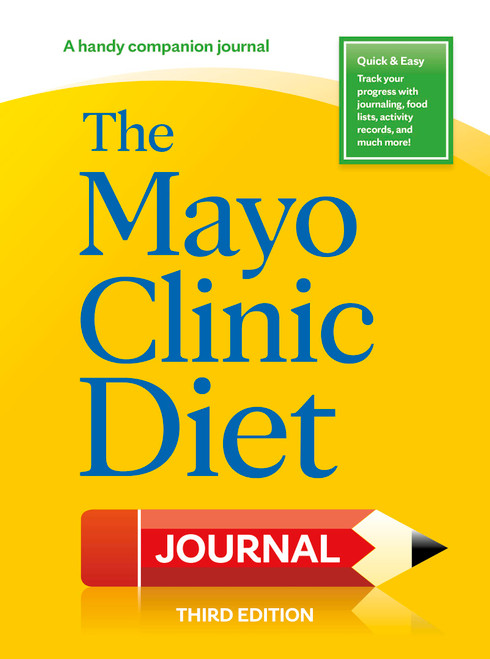<>Combining a strong clinical emphasis with new chapter learning aids, the Third Edition of Articulatory and Phonological Impairments provides students with a clinical framework that encompasses basic terms and concepts, phonetic transcription, and several theoretical perspectives that are extensively applied to clinical examples.
While this text offers a thorough discussion of phonetic principles (also known as the traditional or motor approach) applied to the diagnosis and treatment of motor-based disorders, emphasis is placed on phonemic approaches. Contemporary issues such as features of a phonological assessment, various phonemic-based therapies, and newer nonlinear/ multi-linear phonologies and their role in the assessment and intervention process are treated in detail
New to The Third Edition:
- Extensive revisions to Chapter 4 include NEW additional analysis procedures which demonstrate the clinical applicability of distinctive feature theory and natural phonology.
- A NEW section in Chapter 5 provides new information and research on phonological awareness, emerging literacy, and phonological disorders.
- Chapter 6 includes NEW content on regional and ethnic dialects as well as English as a second language, with expanded information on the Telsur Project at the University of Pennsylvania and African American Vernacular English.
- NEW Learning objectives that encompass the key points of that chapter have been added to the beginning of each chapter to focus the student learning experience.
- NEW learning aids, including case studies, websites, further readings, critical thinking activities, and test questions, at the end of each chapter provide students with the needed tools to assess and improve their understanding of the chapter content.










